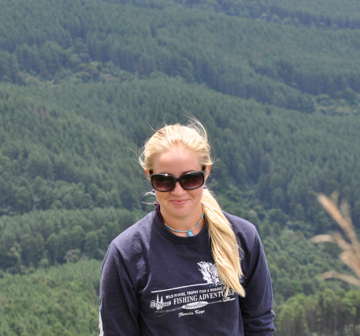The Strange Case of the 22nd of June
I had counted two samples that day. Both were labeled, the dates of their collection inscribed across the lid of their jars. The first said "6-22-2013", the second...."06-22-13". My suspicions roused, I examined the jars for clues, finding not only a difference in the format of the date, but also in the handwriting used, and even in the volume of organic matter preserved within. I dug deeper.
 |
| Leif Rasmuson |
Dr. Shanks suggested that I speak to Leif Rasmuson, a graduate student recently returned from an eventful field research trip. He seemed to find the case rather less diverting than I. He had been absent on the 22nd. When I investigated the storage room at his suggestion, I discovered a piece of evidence that had earlier escaped me! While the jars for the 21st and 24th were present as was to be expected, the 23rd was missing! I had to know more
Leif proved to be the keystone in the case, and with his report everything else fell into place. Dr. Shanks had not been alone in his absence from the lab, everyone else was gone as well on the weekend of the 22nd! Volunteers had to be recruited, who must have emptied the light trap twice in one day, explaining the significant difference in sample volumes in the two jars, then no sample on the 23rd. On the 24th, a double sample was taken, comprising of both the day and the day before's catch!
The case was closed.
While little could match the excitement of a lab mystery, the rest of the week did offer a lively experience in fieldwork, with early morning low tides providing excellent opportunities to access projects in the intertidal zone before breakfast time.
 |
| Cate Pritchard |
With Cate Pritchard, a graduate student, I assisted in the placement ad retrieval of instruments and traps associated with her studies of Ostrea lurida, the Olympia oyster. The experiments were designed to determine the number of oyster larvae floating past the sites, in comparison to the number of larvae found to settle at the site. In this way, the preferential settling grounds of the bivalve could be determined.
Outside of the lab, the weather has been rather temperamental, with high winds and patchy sunshine. Such are the conditions that in the following week, the likelihood of boat field work fluctuates nearly as often as the tide! Tune in next week for updates!
Well done for sorting out the jar mystery. It seems a minor point now but for someone using the samples later - say next summer - it could have been a big pain to sort out.
ReplyDelete